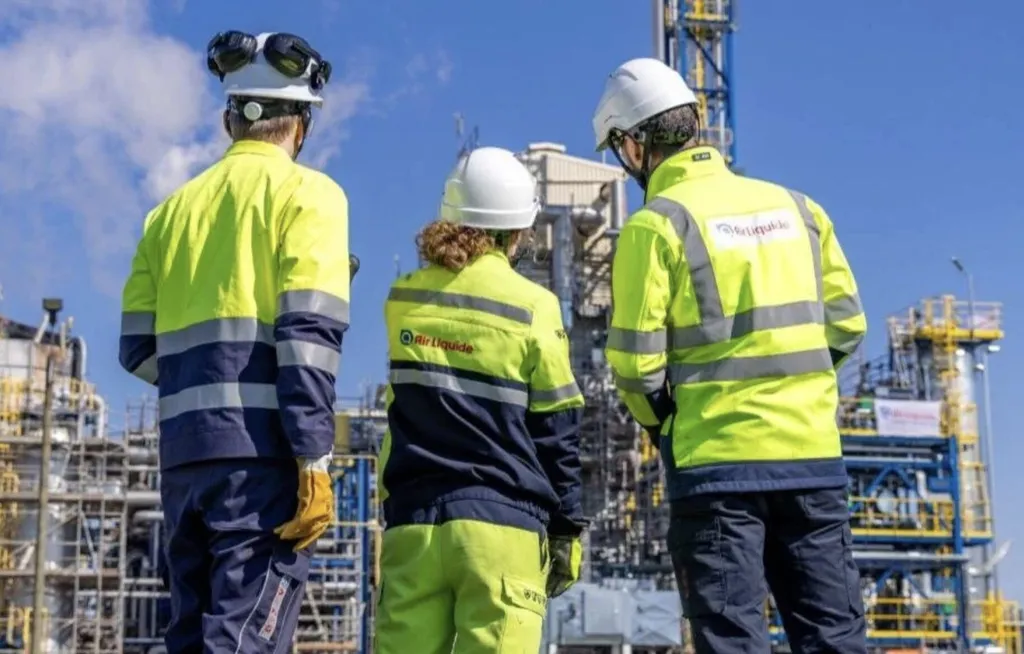Air Liquide has taken a significant step forward in the global hydrogen economy with the successful startup of the world’s first industrial-scale ammonia cracking pilot unit at the Port of Antwerp-Bruges, Belgium. This 30-tons-per-day ammonia-to-hydrogen conversion facility, announced on November 13, addresses a critical technological hurdle in the quest for efficient, large-scale hydrogen transportation and storage.
Ammonia, a compound composed of hydrogen and nitrogen, has long been recognized as a promising hydrogen carrier. Its established global infrastructure for production, transportation, and utilization makes it an attractive option for exporting hydrogen from regions rich in renewable energy sources to end-users worldwide. However, the challenge of efficiently cracking ammonia back into hydrogen at an industrial scale has persisted. Air Liquide’s new pilot unit demonstrates a viable solution to this problem, unlocking new possibilities for low-carbon and renewable hydrogen supply chains.
The pilot unit’s success is underpinned by proprietary innovations in process safety, material testing, advanced catalysis for ammonia cracking, ammonia combustion, and efficient molecule separation. This achievement showcases Air Liquide’s ability to scale up technologies from laboratory research to industrial applications, providing first-of-their-kind solutions for its clients.
Armelle Levieux, member of Air Liquide’s Executive Committee, supervising Innovation and Technology activities as well as Hydrogen Energy activities, emphasized the significance of this milestone: “The commissioning of our ammonia cracking pilot unit in Antwerp is a key milestone. This is a world’s first which paves the way for new low-carbon hydrogen supply chains. By proving the viability of industrial-scale ammonia cracking, Air Liquide demonstrates its capacity to innovate and provide concrete solutions for its customers, and contributing to the Energy Transition. I am immensely proud of the work and commitment of all our teams who made this achievement possible.”
This development is poised to shape the future of the hydrogen sector in several ways. Firstly, it could accelerate the development of world-scale ammonia cracking plants, enabling access to low-carbon and renewable hydrogen for the decarbonization of industry and mobility. Secondly, it could spur investment in ammonia production facilities in regions with abundant renewable energy sources, fostering global energy trade. Lastly, it could drive further innovation in hydrogen storage and transportation technologies, bringing the vision of a robust global hydrogen economy closer to reality.
As the world grapples with the challenges of energy transition, Air Liquide’s ammonia cracking technology offers a promising pathway towards a low-carbon future. The successful startup of this pilot unit is not just a testament to the company’s innovative spirit but also a beacon of hope for a sustainable energy landscape.

